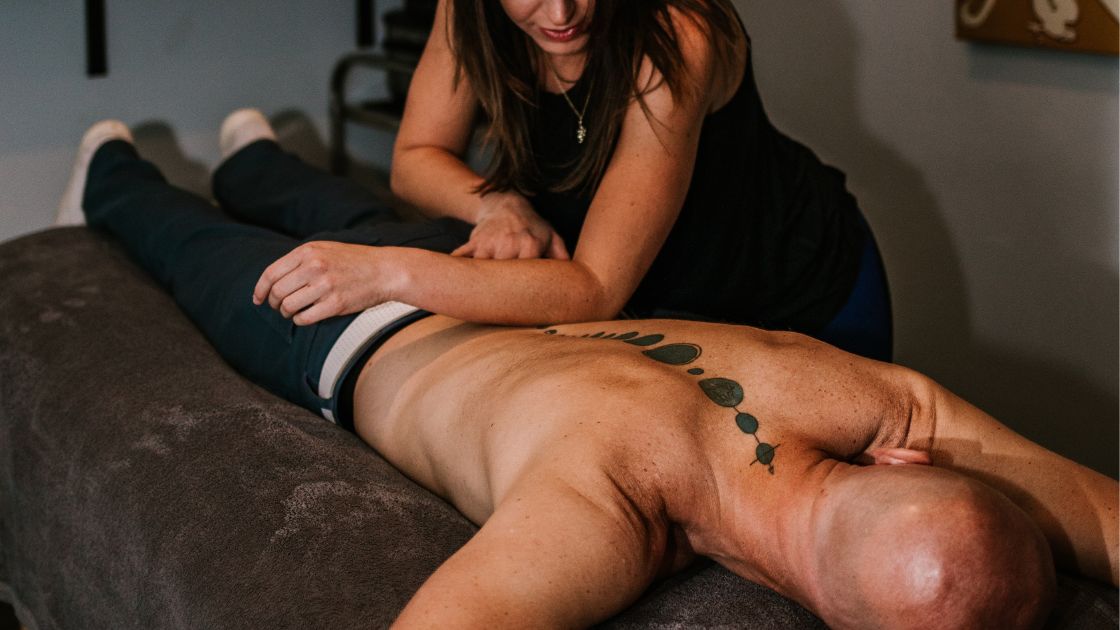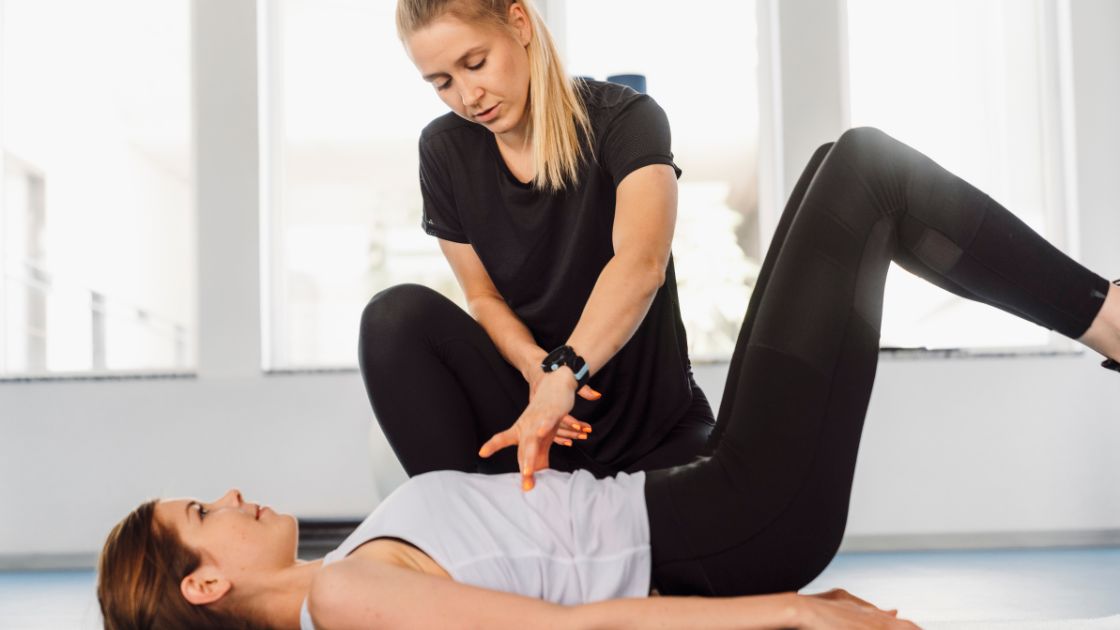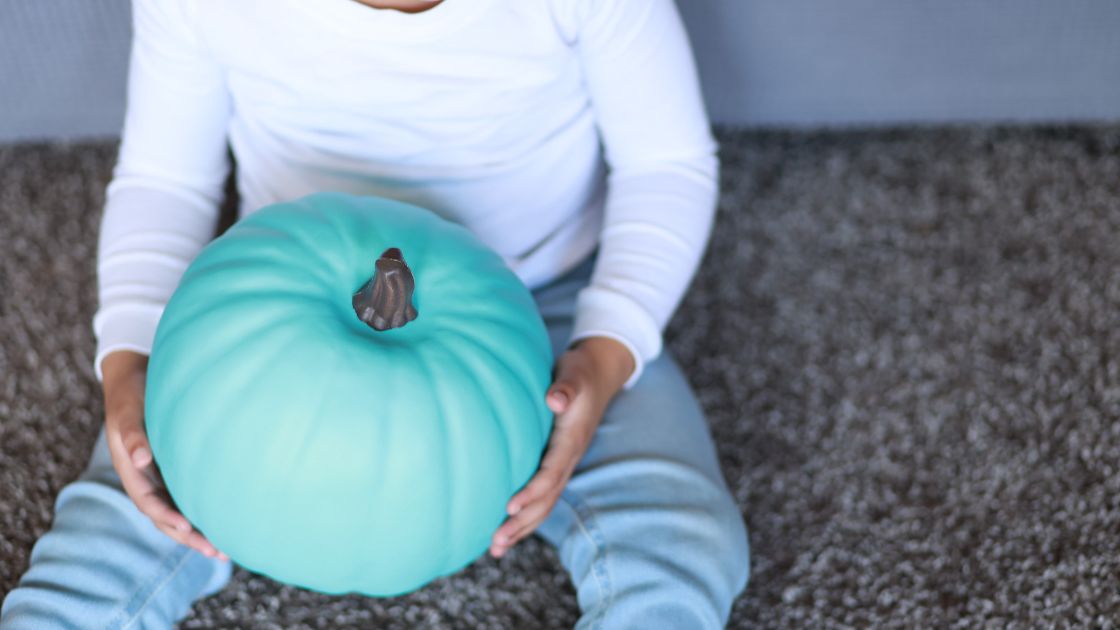Why Sitting All Day Is Bad for Your Health
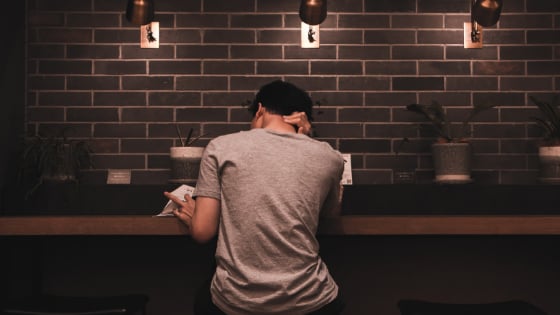
As a Doctor of Chiropractic, I am very concerned with the sitting posture. I would imagine that most of the readers of this article are at their computer or staring into their phones, right now, just like everyone else. It is estimated that the average US adult sits for 8 hours a day! Think about it now; when do you sit, and for how long? Do you have a long commute? Do you sit at work? Are you tired when you get home and decide to sit some more?
We Were Not Built To Sit
Our bodies were not designed to sit; we are supposed to be out walking around, pushing and pulling, and occasionally sprinting to save our lives! The stagnation of sitting not only causes specific muscle and joint problems; it is also a risk factor for cancer, obesity, heart disease, diabetes and depression. We are basically sitting ourselves to death!
Most systems of the body are negatively affected when we do not move enough. For example, most of the body’s joints, like our shoulders, hips, knees, and spine are avascular, meaning they do not get a blood supply. The only way they get nutrition and water in and waste materials out is by motion. Moving a joint physically facilitates the exchange of bad stuff out of the joint and good stuff into the joint. When we don’t take our joints through a full range of motion, they get dry, brittle, and toxic, which accelerates the process of arthritis. This is one reason I like the Cat/Cow stretch, it moves every vertebra in your spine!
Cat and Cow Stretch
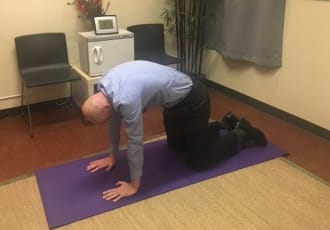
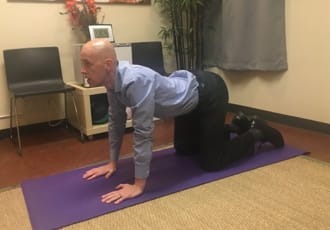
Postural Side Effects of Sitting All Day
Of course, not moving our muscles appropriately leads us into a postural imbalance. From sitting, our hip flexors and hamstrings get tight, and our glute and ab muscles tend to get weak. These muscles over time develop knots or trigger points and cause pain. This imbalance pulls on our joints, leading to abnormal wear and tear, again leading us into arthritis.
But, it’s not just our musculoskeletal system that suffers. When muscles aren’t used, they burn less fat which can potentially clog the heart. Prolonged sitting is linked to high blood pressure and cholesterol, two of the top risk factors for heart disease. The heart has to push blood around hundreds of miles of blood vessels. In the legs, the heart ultimately has to push the blood against gravity. Walking, or using the soleus and calf muscles assist the heart in pushing blood back to get oxygenated. Sitting leads to stagnation in legs and can ultimately cause a deep vein thrombosis. This can cause leg pain. But, if a DVT dislodges is can lead to a pulmonary embolism. Because of this, I do calf raises nearly every day!
Calf Raises
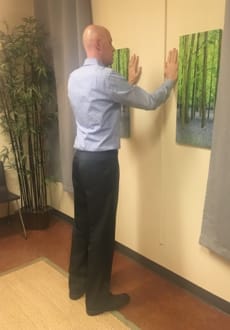

What Should You Be Doing Instead?
The list of problems associated with too much sitting is staggering. It affects every part of the body in a negative way. For example, it is linked to brain fog, over productive pancreas, colon cancer, headaches and neck strain.
What is the right way to sit?
- Keep your head over your shoulders
- Elbows bent at 90 degrees
- Arms close to your sides
- Shoulders should be held back
- Feet flat on the floor
- Support the lower back
Here are a few tips to help:
- Get a stand up desk
- Get up from your computer every hour and stretch
- Do not sit for more than 4 hours a day
- Get on the floor more at home
- Stretch the hip flexors and hamstrings
- Strengthen your core and glute muscles
If you aren’t sure how to get started with moving more, schedule a consultation with Dr. Moyer for a musculoskeletal evaluation. This appointment lends itself to exercises that can help. Or, schedule a Therapeutic Stretching and let us move you!
Written by: Randy Moyer, DC

